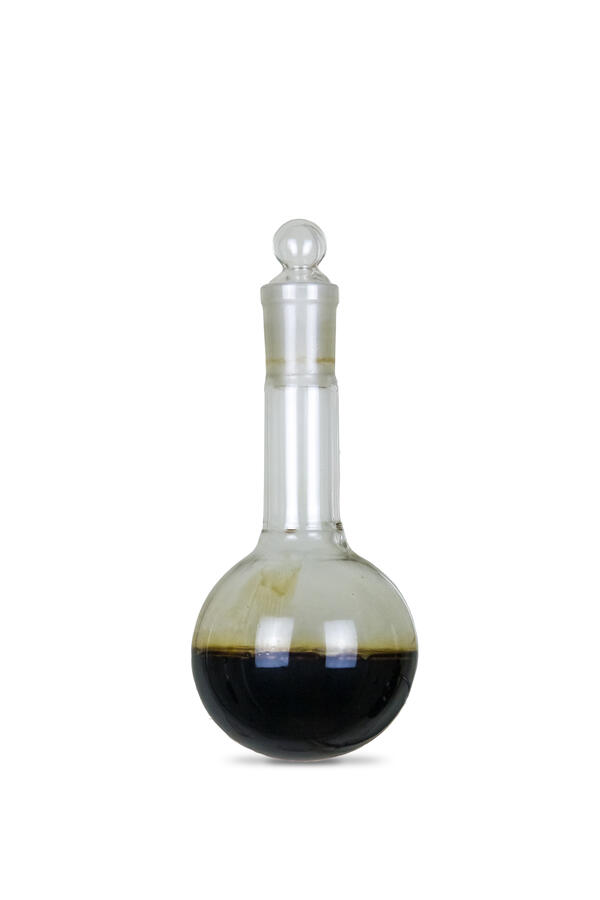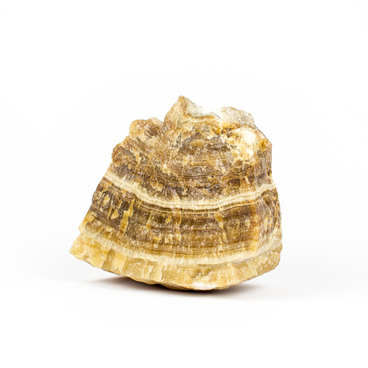Oil (or petroleum) is a fossil fuel that consists of a complex mixture of hydrocarbons and other elements. Oil is lighter than water and forms an oily film on its surface. It has a specific smell, which, depending on its composition, can range from barely perceptible and even pleasant to strong and pungent, especially if it contains substantial amounts of sulfur.
According to a scientific hypothesis, oil is formed from the remains of ancient living organisms that have been preserved in rocks. The process can take up over ten to hundreds of millions of years. However, this is only a hypothesis, and scientists have not yet been able to determine exactly where this mineral comes from.
Oil is traditionally called black gold because of its characteristic color, which is the most common. However, the fields around Baku contain cherry-red oil, while in the Irkutsk region it is almost transparent. Although in Tatarstan, it has its usual shade — brownish-black.
The first oil fields on the territory of modern Tatarstan were discovered in the beginning of the 18th century. In 1703, the first issue of the ‘Vedomosti’ newspaper reported: ‘News from Kazan. A lot of oil was discovered near the Sok River’. In those days, fuel was collected directly from the surface of rivers and lakes using cloths, which were then squeezed out. Later, it was scooped out with buckets from special wells of up to 40 meters in depth.
Oil is known to people since the ancient times. 6,000 years ago, it was used as natural resin — asphalt and bitumen, forms of petroleum — for the construction of the walls of Babylon. The Egyptians used it for embalming the dead; and for the ancient Greeks, it served as fuel for lighthouses and as an ingredient for incendiary mixtures — the so-called ‘Greek fire’, which could not be extinguished by water.
Up until the 18th century, oil was used in its natural form, without any refining processes. Only in 1733, a Russian military doctor Johann Lerche wrote down his observations about the processing of oil in the Baku fi
According to a scientific hypothesis, oil is formed from the remains of ancient living organisms that have been preserved in rocks. The process can take up over ten to hundreds of millions of years. However, this is only a hypothesis, and scientists have not yet been able to determine exactly where this mineral comes from.
Oil is traditionally called black gold because of its characteristic color, which is the most common. However, the fields around Baku contain cherry-red oil, while in the Irkutsk region it is almost transparent. Although in Tatarstan, it has its usual shade — brownish-black.
The first oil fields on the territory of modern Tatarstan were discovered in the beginning of the 18th century. In 1703, the first issue of the ‘Vedomosti’ newspaper reported: ‘News from Kazan. A lot of oil was discovered near the Sok River’. In those days, fuel was collected directly from the surface of rivers and lakes using cloths, which were then squeezed out. Later, it was scooped out with buckets from special wells of up to 40 meters in depth.
Oil is known to people since the ancient times. 6,000 years ago, it was used as natural resin — asphalt and bitumen, forms of petroleum — for the construction of the walls of Babylon. The Egyptians used it for embalming the dead; and for the ancient Greeks, it served as fuel for lighthouses and as an ingredient for incendiary mixtures — the so-called ‘Greek fire’, which could not be extinguished by water.
Up until the 18th century, oil was used in its natural form, without any refining processes. Only in 1733, a Russian military doctor Johann Lerche wrote down his observations about the processing of oil in the Baku fi



